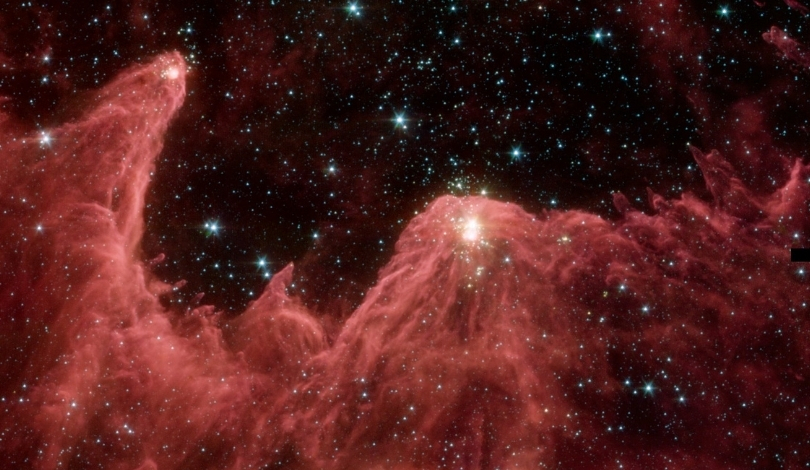The quest to discover and understand exoplanets has accelerated with advancements in astronomical techniques. Recent research brings to light challenges posed by the very stars that host these distant worlds. By dissecting starlight, scientists can infer planetary characteristics, but variable stellar surfaces may complicate these observations. This newfound complexity underscores the intricate relationship between stars and their orbiting exoplanets.
Earlier studies acknowledged that stellar variability could impact exoplanet detection, but the extent of this interference remained unclear. Recent findings suggest that such contamination is more prevalent than previously thought, potentially affecting interpretations of up to half of the observed exoplanet atmospheres. This reevaluation calls for more nuanced analysis methods in exoplanet research.
How Does Stellar Contamination Affect Exoplanet Measurements?
Stellar contamination alters the perceived size, temperature, and atmospheric properties of exoplanets. “Hotter, brighter regions emit more light, leading researchers to overestimate the size of a planet if it transits these areas,” explains Alexandra Thompson, co-author of the study. Conversely, if a planet passes in front of a cooler spot, it may appear smaller than it actually is. This variability can lead to significant inaccuracies in exoplanet characterization.
Which Stars Are Most Likely to Distort Exoplanet Data?
Stars with strong magnetic activity exhibit more pronounced surface temperature variations, making them prime candidates for causing data distortion. “Some stars might be described as ‘patchy’ – they have a greater proportion of colder regions, which are darker, and hotter regions, which are brighter, on their surface,” states Alexandra Thompson. These disturbances are more common in stars with intense magnetic fields, which affect heat distribution on their surfaces.
What Can Future Missions Do to Mitigate These Effects?
Future missions must incorporate multi-wavelength observations to account for stellar activity. Arianna Saba, lead author of the study, emphasizes the need for comprehensive spectral analysis: “By refining our understanding of how stars’ variability might affect our interpretations of exoplanets, we can improve our models and make smarter use of the much bigger datasets to come from missions including James Webb, Ariel and Twinkle.” Utilizing a broader range of wavelengths will help differentiate between stellar and planetary signals, enhancing the accuracy of exoplanet studies.
Addressing stellar contamination is crucial for the integrity of exoplanet research. Implementing advanced modeling techniques and conducting follow-up observations can significantly reduce the impact of stellar variability. As missions like the James Webb Space Telescope and ESA’s Ariel continue to explore exoplanet atmospheres, accounting for stellar activity will be essential in providing accurate and reliable data.










